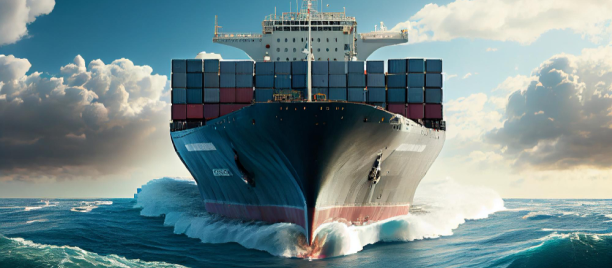
Demiryolu Taşımacılığında Neler Taşınır? Demiryolu taşımacılığı yüzyıllardır küresel ticaretin temel bir bileşeni olmuştur ve malların ve emtiaların ülkeler ve kıtalar…

International trade offers a world of opportunities for businesses seeking to expand their reach and diversify their product offerings. However, venturing into the world of importing can be a complex and challenging endeavor, with numerous potential pitfalls that can result in costly mistakes. From regulatory compliance to supply chain disruptions, there are several factors to consider. In this blog post, we'll explore the top five ways to steer clear of these expensive importing blunders and ensure a successful and cost-effective importing process.
One of the fundamental steps in successful importing is finding reliable and trustworthy suppliers. Many costly mistakes stem from a lack of due diligence when choosing suppliers. To avoid these errors:
Navigating the intricate web of import regulations and customs compliance is crucial to avoiding costly mistakes. Failure to comply with these regulations can lead to shipment delays, fines, and even confiscation of your goods. To stay compliant:
Supply chain disruptions can be major contributors to costly importing mistakes. Events like natural disasters, labor strikes, and geopolitical tensions can lead to shipping delays, increased expenses, and revenue losses. To mitigate these risks:
Importing often comes with hidden costs that can catch businesses off guard if not properly accounted for. These costs may include customs duties, taxes, transportation fees, warehousing expenses, and compliance-related expenditures. To prevent financial surprises:
Importing is an ongoing process that requires vigilant monitoring and risk assessment. To avoid costly mistakes in the long run:

Demiryolu Taşımacılığında Neler Taşınır? Demiryolu taşımacılığı yüzyıllardır küresel ticaretin temel bir bileşeni olmuştur ve malların ve emtiaların ülkeler ve kıtalar…

Havayolu Taşımacılığı Terimleri ve Hava Kargonun Dünyası Havayolu taşımacılığı, hızlı ve etkili bir lojistik yöntemi olarak dünya çapında büyük öneme…

Denizyolu Taşımacılığı Terimleri ve Anlamları Denizyolu taşımacılığı, dünya ticaretinin önemli bir parçasını oluşturan ve büyük miktarda yükün taşınmasını sağlayan kritik…
sales@kitalogistics.com
germany@kitalogistics.com
almadm@kitalogistics.com
cis@kitalogistics.com
© 2023 KITA Logistics all rights reserved.